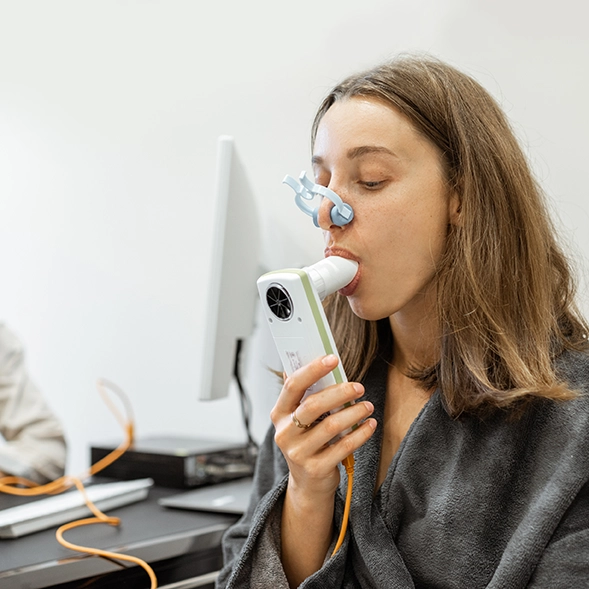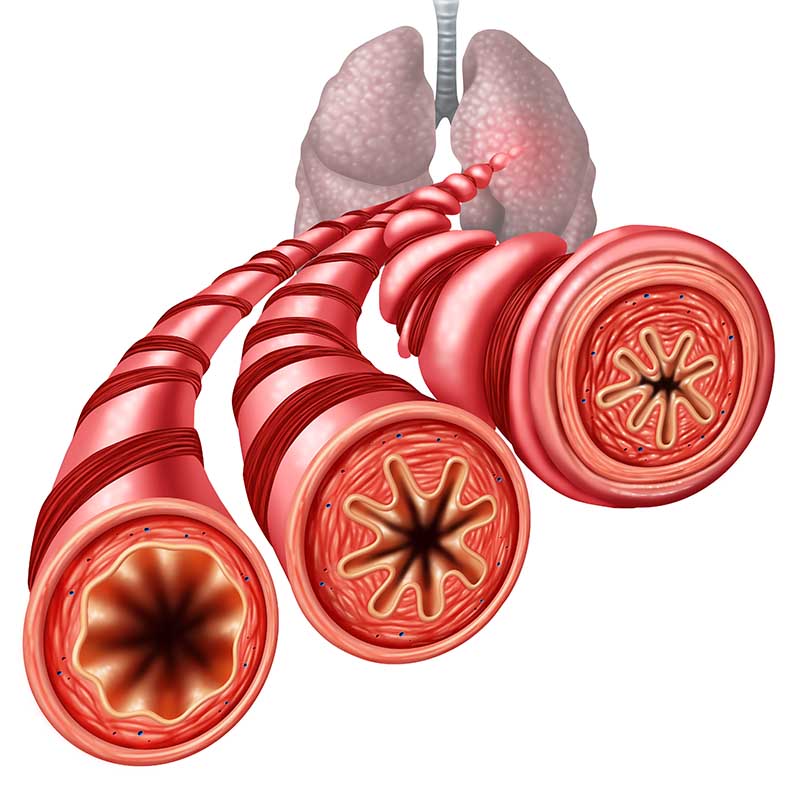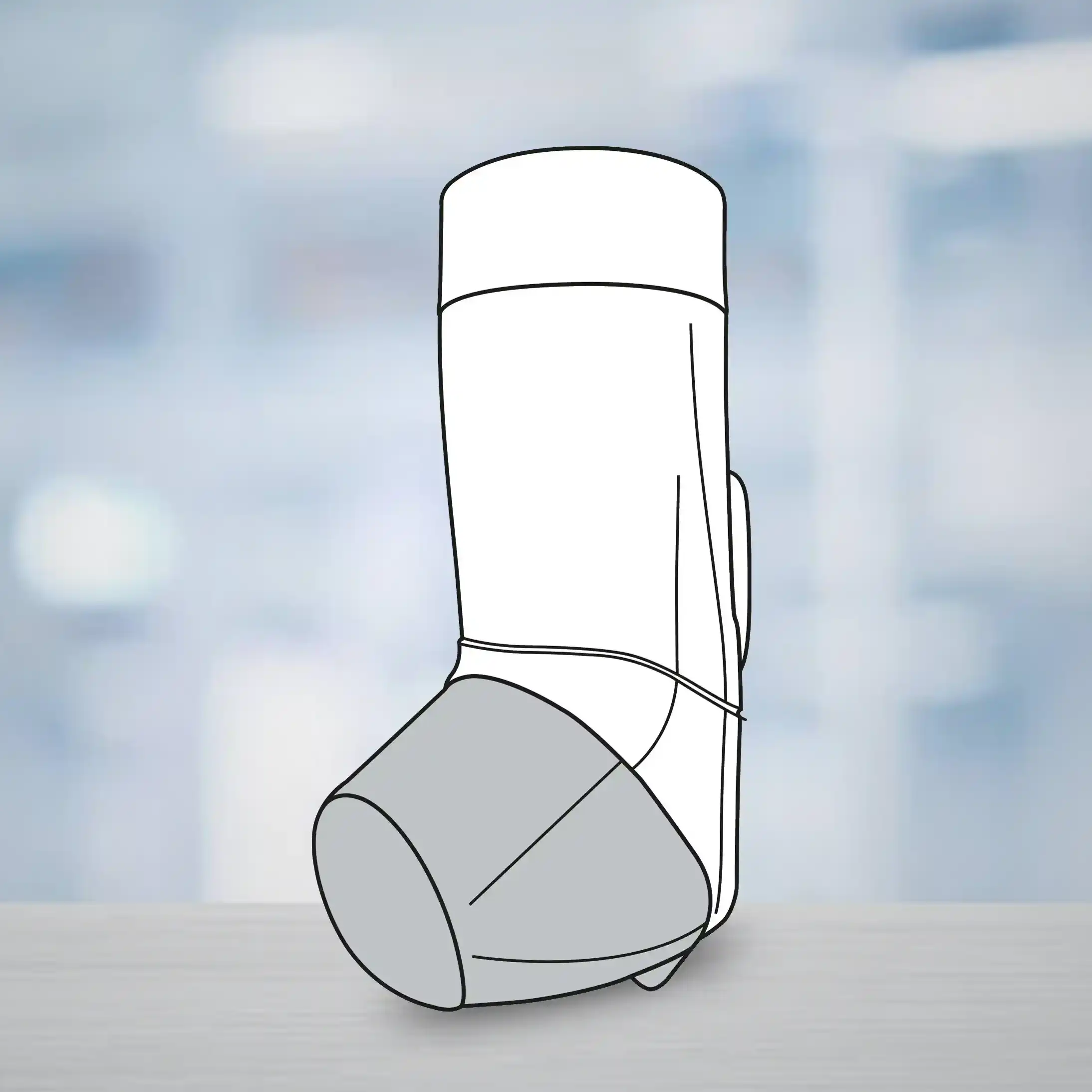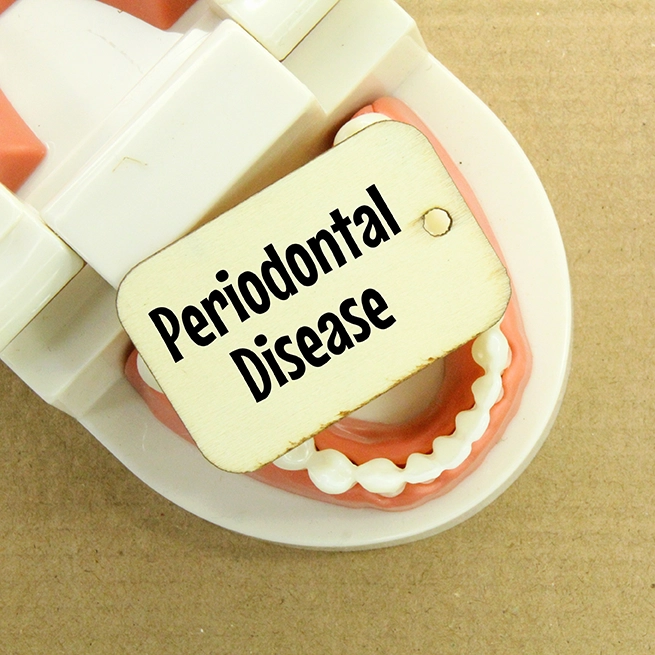Introduction
The mainstay treatment for allergic rhinitis includes oral/intranasal H1-antihistamines, decongestants, leukotrienes receptor antagonists and intranasal corticosteroids. The use of second-generation antihistamines has also increased due to comparable efficacy and better safety profile as compared to their first-generation counterparts. The combination therapy with levocetirizine, a second-generation H1 receptor antagonist, and montelukast, a leukotriene receptor antagonist, has been compared with monotherapy or placebo. Similarly, there is data comparing combination therapy of montelukast with fexofenadine, a non-sedating second-generation H1 receptor antagonist, with monotherapy or placebo. However, there is paucity of data comparing concomitant montelukast-levocetirizine with montelukast-fexofenadine.
Aim
The safety, efficacy and cost-effectiveness of montelukast-levocetirizine and montelukast-fexofenadine was compared in patients with allergic rhinitis (AR).
Methods
Study design
- Randomized, prospective, double-blind, parallel, active-controlled, comparative 4-week trial
- Subjects aged 18-65 years having moderate-severe intermittent or mild persistent AR
- Patients with total nasal symptom score (TNSS) of 5 or higher
- Randomized to group A receiving montelukast-levocetirizine (10 mg+5 mg) or group B receiving montelukast-fexofenadine (10 mg+120 mg) daily
Endpoints
- Change from baseline in TNSS
- Cost-effectiveness ratio
- Incidence of adverse events (AEs)
Results
- Group A and B comprised of 33 and 32 patients respectively
- Both the groups showed statistically significant reductions in TNSS from baseline at 4th week
- The comparison of TNSS in both groups at baseline and at weeks 2 and 4 are seen in table 1.
|
| Baseline | 2 weeks | 4 weeks | P values |
| Group A | 11.15 | 5 | 3.15 | 0.0001 |
| Group B | 10.68 | 4.28 | 1.21 | 0.0001 |
- The mean change of TNSS score was more significant in group B (9.46 vs 8); p<0.0033
- The cost of treatment in group A and B was Rs 184.8 and Rs. 282.8 per patient respectively for the duration of 4 weeks
- The cost effectiveness ratio was less in group A as seen in figure 1.
- The overall incidence of AE was 15% and 22% in group A and B respectively
- There was no incidence of serious AE in either group
Conclusion
- The montelukast-fexofenadine group had a significant decrease in the total nasal symptom score as compared to montelukast-levocetirizine group
- Montelukast-levocetirizine group had a lesser cost-effectiveness ratio as compared to montelukast-fexofenadine group
Indian J Pharmacol 2016; 48:2649-53.

.svg?iar=0&updated=20230109065058&hash=B8F025B8AA9A24E727DBB30EAED272C8)








